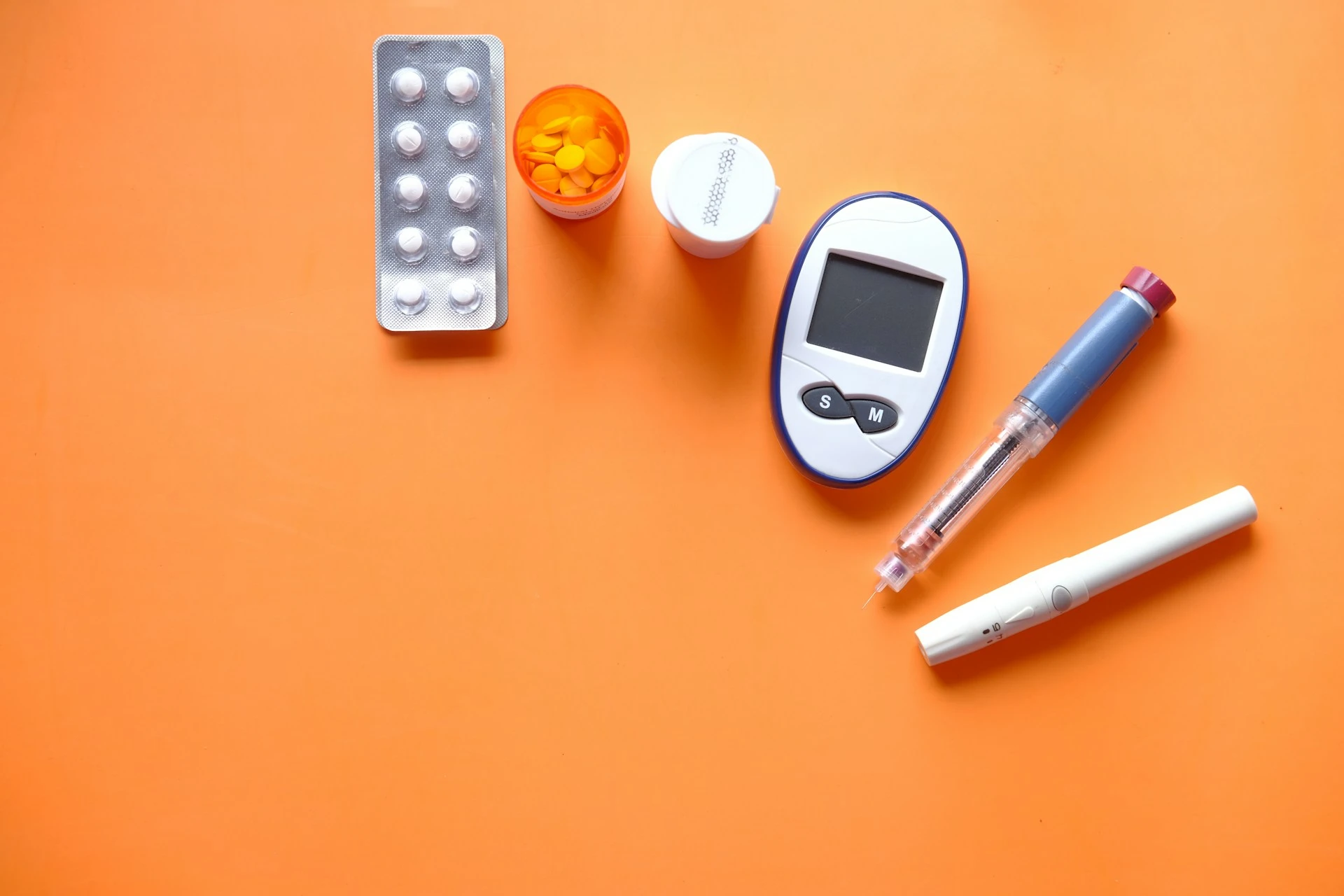Table of Contents
When it comes to blood sugar, the difference between “prediabetes” and “diabetes” can feel like a technicality. But understanding that difference could change your life—or someone’s you care about.
Both conditions involve elevated blood sugar levels. But one of them is still reversible. One of them is a critical warning sign. And one of them is a point of no return if not managed well.
Whether you’ve recently received a diagnosis, are trying to prevent complications, or are simply confused by the terms, this article breaks down what you need to know about prediabetes and diabetes—how they’re similar, how they’re different, and how to respond before it’s too late.
What Is Prediabetes?
Prediabetes is a condition where your blood sugar levels are higher than normal—but not yet high enough to be diagnosed as type 2 diabetes.
It means your body is starting to struggle with insulin—the hormone that helps move sugar from your blood into your cells. Your cells are becoming more resistant to insulin, or your pancreas isn’t keeping up.
Here are the diagnostic criteria for prediabetes:
- Fasting blood glucose: 100–125 mg/dL
- Hemoglobin A1C: 5.7% to 6.4%
- Oral glucose tolerance test (OGTT): 140–199 mg/dL after 2 hours
About 1 in 3 adults in the United States has prediabetes—and most don’t know it.
The danger? Without lifestyle changes, prediabetes can become type 2 diabetes within 5 years. But it doesn’t have to.
What Is Type 2 Diabetes?
Type 2 diabetes is a chronic condition where your body can no longer regulate blood sugar effectively. Insulin resistance is more advanced, and the pancreas may also produce less insulin.
Diagnostic criteria include:
- Fasting blood glucose: 126 mg/dL or higher
- Hemoglobin A1C: 6.5% or higher
- OGTT: 200 mg/dL or higher after 2 hours
In type 2 diabetes, elevated glucose levels persist consistently, and medical intervention is often necessary. Left untreated, it can damage the heart, kidneys, nerves, eyes, and more.
But even with type 2 diabetes, many people manage it well through lifestyle changes, medications, or both—and some achieve remission.
Key Differences Between Prediabetes and Diabetes
| Aspect | Prediabetes | Type 2 Diabetes |
|---|---|---|
| Blood Sugar Levels | Slightly elevated | Persistently high |
| Symptoms | Usually none | Fatigue, thirst, blurry vision, frequent urination |
| Reversible? | Yes, with lifestyle changes | Can be managed, sometimes reversed |
| Treatment | Lifestyle changes, sometimes metformin | Lifestyle, oral meds, insulin if needed |
| Risk of Complications | Low (if treated) | Higher over time |
Prediabetes is your early warning system. It’s your chance to act before complications set in.
Similarities Between the Two
Despite the differences, both conditions share several traits:
- Insulin resistance is at the core of both
- Risk factors are the same: obesity, inactivity, age, family history
- Both benefit tremendously from nutrition, movement, stress management, and sleep
- Neither one defines you—it’s how you respond that matters most
Both also carry an increased risk for cardiovascular disease, even before a full diabetes diagnosis.
Common Symptoms to Watch For
One reason prediabetes is often missed is that it’s typically silent. But some early signs may appear in both conditions:
- Increased thirst
- Frequent urination
- Fatigue
- Blurry vision
- Unexplained weight loss (in diabetes)
- Slow-healing cuts
- Tingling or numbness in hands or feet
If you notice any of these symptoms, it’s worth getting your blood sugar checked. A simple fasting glucose or A1C test can reveal more than you might expect.
Who Is at Risk?
You’re more likely to develop prediabetes or type 2 diabetes if you:
- Are overweight or have excess belly fat
- Are over age 45
- Have a parent or sibling with diabetes
- Are physically inactive
- Had gestational diabetes during pregnancy
- Have high blood pressure or cholesterol
- Are part of certain ethnic groups (African American, Hispanic, Native American, Asian American, Pacific Islander)
But risk isn’t destiny. You can influence the outcome—starting today.
How to Prevent Diabetes If You Have Prediabetes
Prediabetes doesn’t have to become diabetes. With simple, consistent changes, many people return their glucose levels to a normal range and avoid medication altogether.
Here’s how:
- Lose 5–7% of your body weight if overweight
- Exercise 150 minutes per week, including walking, strength training, or dancing
- Eat more fiber and whole foods, less sugar and processed carbs
- Drink water, not sugary drinks
- Get 7–9 hours of sleep each night
- Manage stress with breathing, journaling, or therapy
Even modest improvements can move your numbers in the right direction. The earlier you act, the better your body responds.
What to Do After a Diabetes Diagnosis
If you’ve crossed the threshold into type 2 diabetes, don’t panic. You still have power. In fact, the same habits that prevent diabetes also help control it—and in some cases, reverse it.
Work with a healthcare team that includes:
- A primary care doctor or endocrinologist
- A registered dietitian or diabetes educator
- A mental health professional if needed
- A supportive friend or partner who walks the journey with you
Start where you are. One walk. One better meal. One habit change at a time.
Diabetes is serious—but it’s not a sentence. It’s a signal. A chance to rebuild your health on your terms.
You have the tools. You have the time. And you don’t have to do it alone.
Scientific References
- American Diabetes Association. (2022). Classification and Diagnosis of Diabetes
- Centers for Disease Control and Prevention. (2023). Prediabetes: Your Chance to Prevent Type 2 Diabetes
- Harvard Health Publishing. (2022). What Is Prediabetes?

Leave a Reply